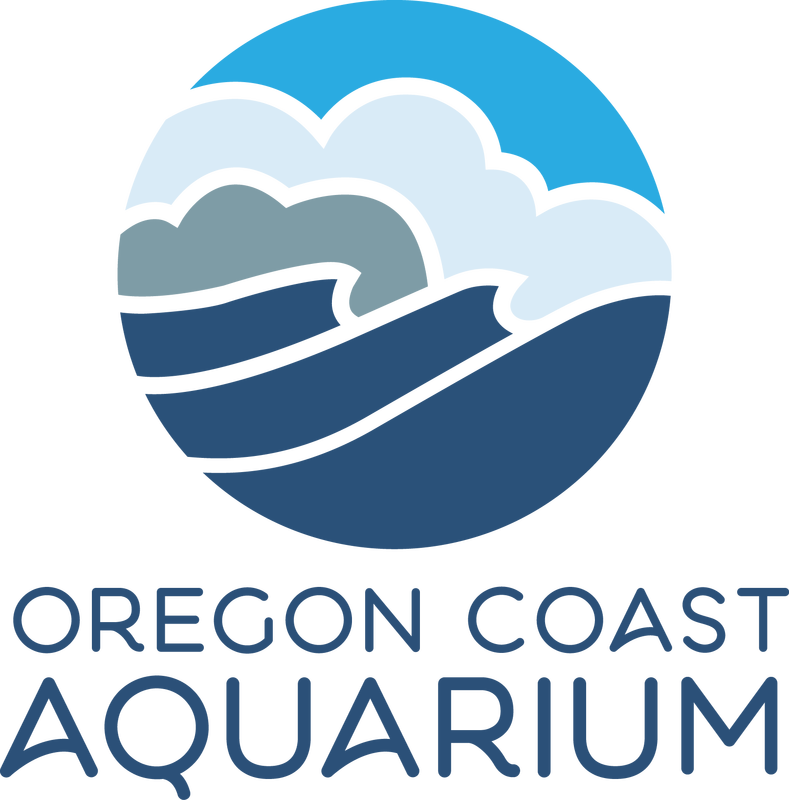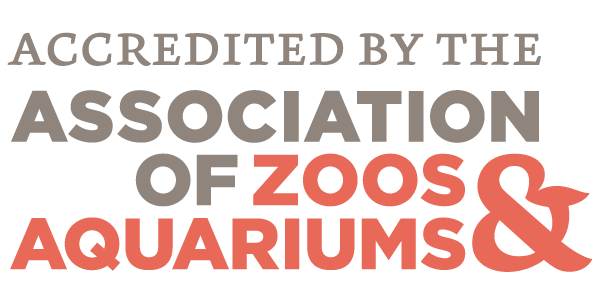EXPLORE > ANIMALS > MAMMALS
Steno bredanensis
This large dolphin is common in deep tropical and subtropical waters around the world. It has a long, pronounced rostrum similar to that of the common bottlenose dolphin. The body is mostly light gray with a darker cape-like band, which runs from the dorsal fin down to the flukes. The belly is white or very light gray and speckled along the edges. The flippers are small and set farther back on the body than in other dolphin species. As the name implies, their teeth are covered in faint, irregular ridges. Adults can grow over 9 feet in length and may weigh as much as 350 lbs. (158.7 kg).
Roughtoothed dolphins live in pods of up to twenty biologically related animals. Although sociable, they are also more lethargic in their movements. They will occasionally bow-ride boats or perform acrobatics at the surface of the water. They may also socialize with other cetaceans, including common bottlenose dolphins, spinner dolphins and pilot whales. They feed on a variety of fish and cephalopods.
Range and Habitat
Deep tropical and subtropical waters of the Atlantic and Pacific Oceans. Their highest concentration is in the eastern Pacific from California down to the northern tip of South America. There is an additional population in U.S. waters located around the Hawaiian Islands. They are rare in Oregon waters.
Conservation Status
Unlike larger cetaceans, the roughtoothed dolphin has been only minimally impacted by humans. This animal was never widely hunted and its major threats include water-borne pollutants and accidental bycatch in fishing nets. Although they are considered common, they have not been widely studied so information on their population and life history remains incomplete.
Related Features: Whales, Dolphins and Porpoises of Oregon
Steno bredanensis
This large dolphin is common in deep tropical and subtropical waters around the world. It has a long, pronounced rostrum similar to that of the common bottlenose dolphin. The body is mostly light gray with a darker cape-like band, which runs from the dorsal fin down to the flukes. The belly is white or very light gray and speckled along the edges. The flippers are small and set farther back on the body than in other dolphin species. As the name implies, their teeth are covered in faint, irregular ridges. Adults can grow over 9 feet in length and may weigh as much as 350 lbs. (158.7 kg).
Roughtoothed dolphins live in pods of up to twenty biologically related animals. Although sociable, they are also more lethargic in their movements. They will occasionally bow-ride boats or perform acrobatics at the surface of the water. They may also socialize with other cetaceans, including common bottlenose dolphins, spinner dolphins and pilot whales. They feed on a variety of fish and cephalopods.
Range and Habitat
Deep tropical and subtropical waters of the Atlantic and Pacific Oceans. Their highest concentration is in the eastern Pacific from California down to the northern tip of South America. There is an additional population in U.S. waters located around the Hawaiian Islands. They are rare in Oregon waters.
Conservation Status
Unlike larger cetaceans, the roughtoothed dolphin has been only minimally impacted by humans. This animal was never widely hunted and its major threats include water-borne pollutants and accidental bycatch in fishing nets. Although they are considered common, they have not been widely studied so information on their population and life history remains incomplete.
Related Features: Whales, Dolphins and Porpoises of Oregon





